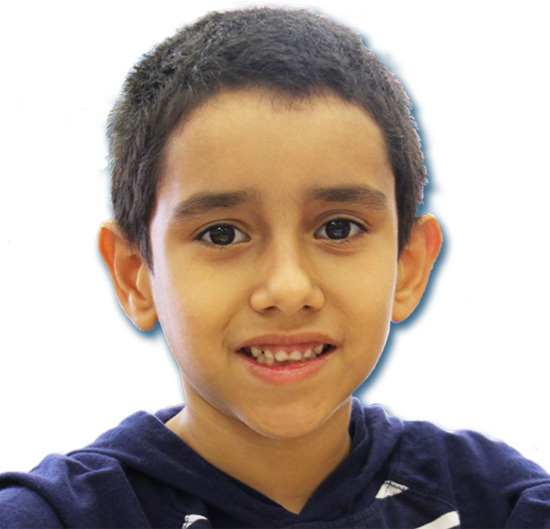
In third grade, students learn to analyze texts using more sophisticated skills and engage in more writing to improve their communication skills. Students also learn more complex concepts in mathematics to improve their problem-solving skills.

In third grade, students learn to analyze texts using more sophisticated skills and engage in more writing to improve their communication skills. Students also learn more complex concepts in mathematics to improve their problem-solving skills.

This is also the first year that your child will take the state-mandated Standards of Learning (SOL) assessments. These assessments measure mastery of state standards and are administered in the areas of reading and mathematics.
Third-grade students may also apply for the gifted dance or visual arts program. At the elementary level, these special �pull-out� programs, housed at the Brickell Academy at Old Donation School, serve students in grades three through five but the application process occurs in the spring of each school year.
Your child will continue to be introduced to a wide variety of reading materials that will help develop her reading, writing, and oral communication skills. She will receive instruction in phonics, vocabulary, comprehension, fluency and writing.
By the end of third grade, your child should be able to do the following (but is not limited to):
Tips provided courtesy of NBC News Parent Toolkit
Your child will continue to build upon the math skills he learned in second grade. He will explore the relationships among fractions and operations with rational numbers. He will begin developing strategies for basic multiplication and division facts. Comprehension strategies will be used to help solve multistep word problems. He will continue to build his measurement skills and learn more about the basic building blocks of geometry (e.g., points, lines, and angles).
By the end of third-grade, your child should be able to do the following (but is not limited to):
Tips provided courtesy of NBC News Parent Toolkit
Your child will continue to develop and apply scientific practices introduced in second grade as he investigates and seeks to understand a variety of topics including matter, life systems and processes, simple machines, Earth patterns and cycles in nature. He will ask science-related questions, form hypotheses, make careful observations, collect and represent data accurately, explain findings and make reasoned conclusions.
Social Studies
Your child will learn about past and present civilizations in the world. She will continue to learn about the civilization we are a part of in the United States, including more about economics and the importance of the basic principles that form the foundation of our government. She will develop an understanding of ancient civilizations by studying ancient Egypt, China, Greece, Rome and the early West African empire of Mali. She will learn to interpret geographic information using maps, charts, tables and graphs.